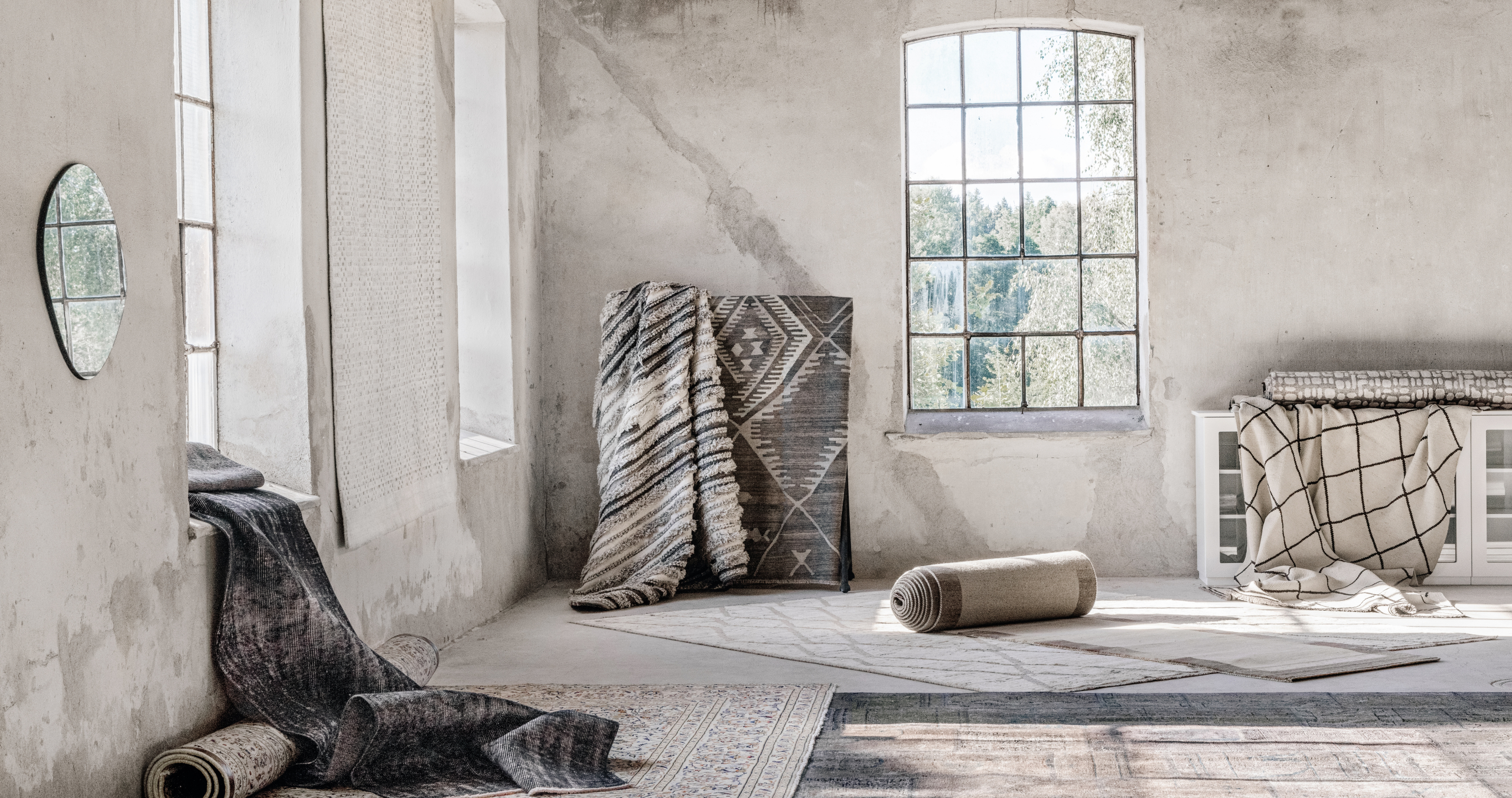Wall-hung rugs offer an excellent way to express individuality and make any space more unique. These rugs are aesthetically pleasing, but they also serve a practical purpose by reducing the echo and improving the acoustics of a room. Adding wall-hanging rugs is another low-cost way to upgrade the look of a room.
The adaptability of wall-hanging rugs is one of their primary benefits. You can use these rugs for anything, from covering an entire wall to furnishing a tiny nook. They add visual depth and interest when hung in multiples, either vertically or horizontally. In addition, wall-hanging rugs can be used in tandem with other decorative pieces like paintings, photographs, or tapestries to produce a coordinated and stylish effect in any space.
The decor of the room it will be displayed in should be considered when selecting a rug for wall hanging. A traditional hand-knotted rug, for instance, would be an excellent addition to a formal living room or a contrast to a more contemporary setting, while a vibrant kilim rug would complement a bohemian or eclectic room. A large wall-hanging rug can make a dramatic statement in a tiny space, but it might get lost in a spacious living area if it’s too small.
Here are some great wall-hanging options:
Because they are lightweight and easy to handle, flat-weave rugs are an excellent choice for wall hangings. These rugs are woven in a flat, non-pile style and are frequently made of cotton, jute, or wool. Flat-weave rugs are available in many patterns, colors, and designs, making them ideal for adding a splash of color or texture to a room.
Pictorial rugs are an elegant and sophisticated wall-hanging option. These rugs are made of cotton, wool, or silk and are knotted with a decorative pattern. They are ideal for bringing a sense of elegance and sophistication to any room. Pictorial rugs are available in various sizes and styles, from traditional and ornate to modern and minimalistic.
Kilim rugs are another popular wall-hanging option. These rugs are tightly woven wool or cotton with vibrant geometric patterns. Kilim rugs are highly versatile and can create a more traditional or bohemian look in a room.
How to hang rugs on the wall:
- Measure the rug: Measure the width and length of the rug to determine how much space you need on the wall. Ensure you have enough room for the rug and any additional space you want to leave around it.
- Measure the wall: Measure the wall to determine where you want to hang the rug and mark the points with a pencil. If you are hanging the rug vertically, mark the points where the top and bottom of the rug will be. If you are hanging the rug horizontally, mark the points where the left and right edges of the rug will be.
- Attach the rug to the wall: Use thin nails in each corner of the rug (always consider the type of wall when choosing your preferred wall mount). Make sure you hammer in the nails between the knots to prevent the rug from being damaged. If needed, add additional attachment points alongside the edge of the rug to help carry the weight and straighten any wrinkles. If the rug hung up is very heavy, you can, instead of using nails, attach leather straps or hooks on the backside of the rug by sewing them in place to carry the weight of the rug when hanging it up on the wall. This is a more secure option ensuring that the rug is not damaged and stays in place—however, a more time-consuming and tricky alternative.
- Step back and admire: Step back and admire your newly hung rug, making any final adjustments as necessary. Consider adding additional hardware, such as a rug tassel or a rug rod, to enhance the look of your wall-hanging rug further.
